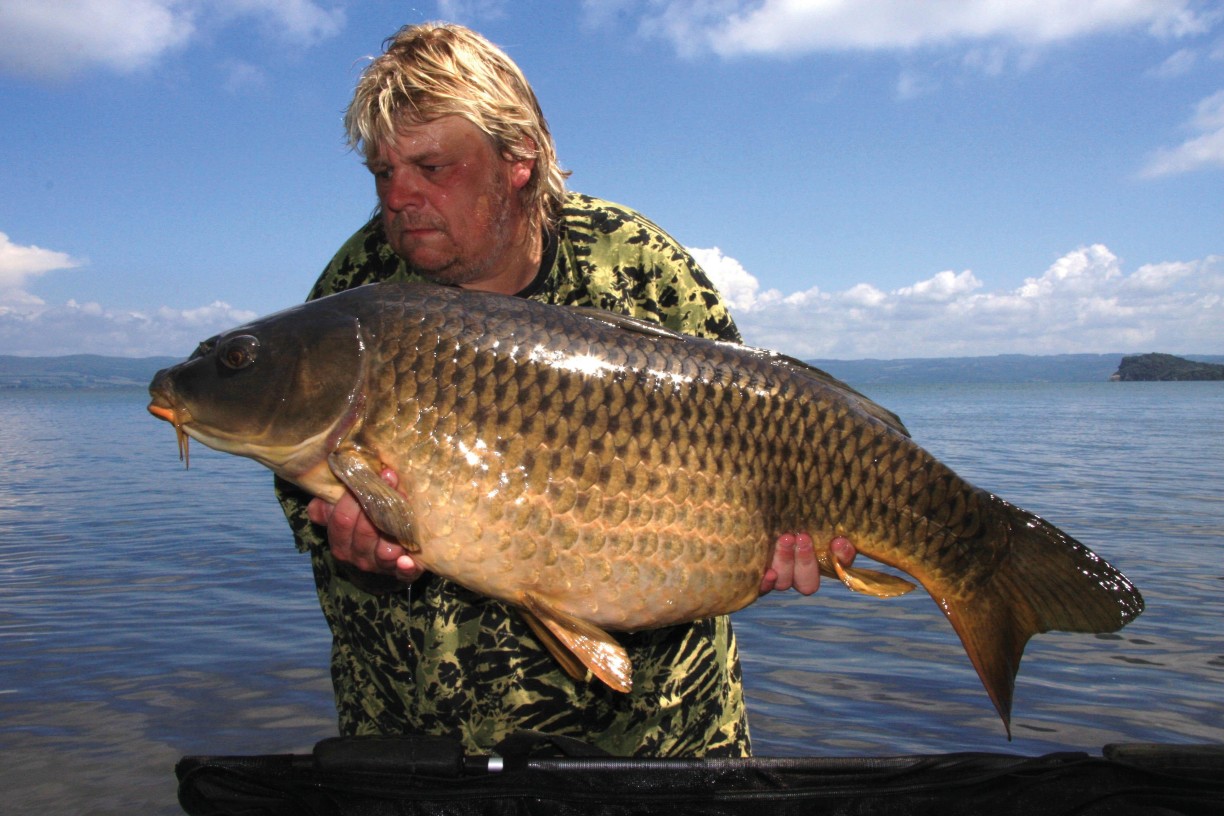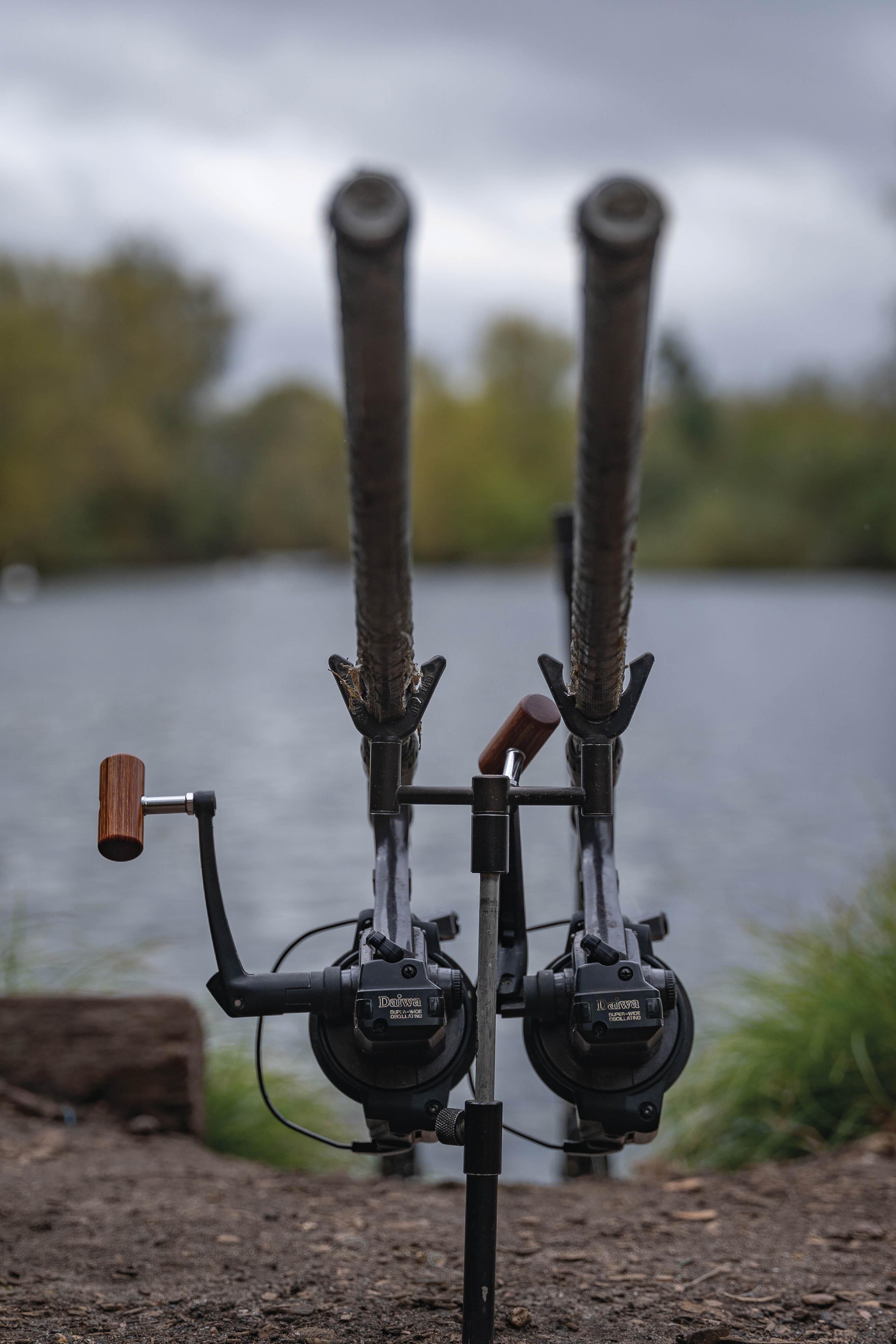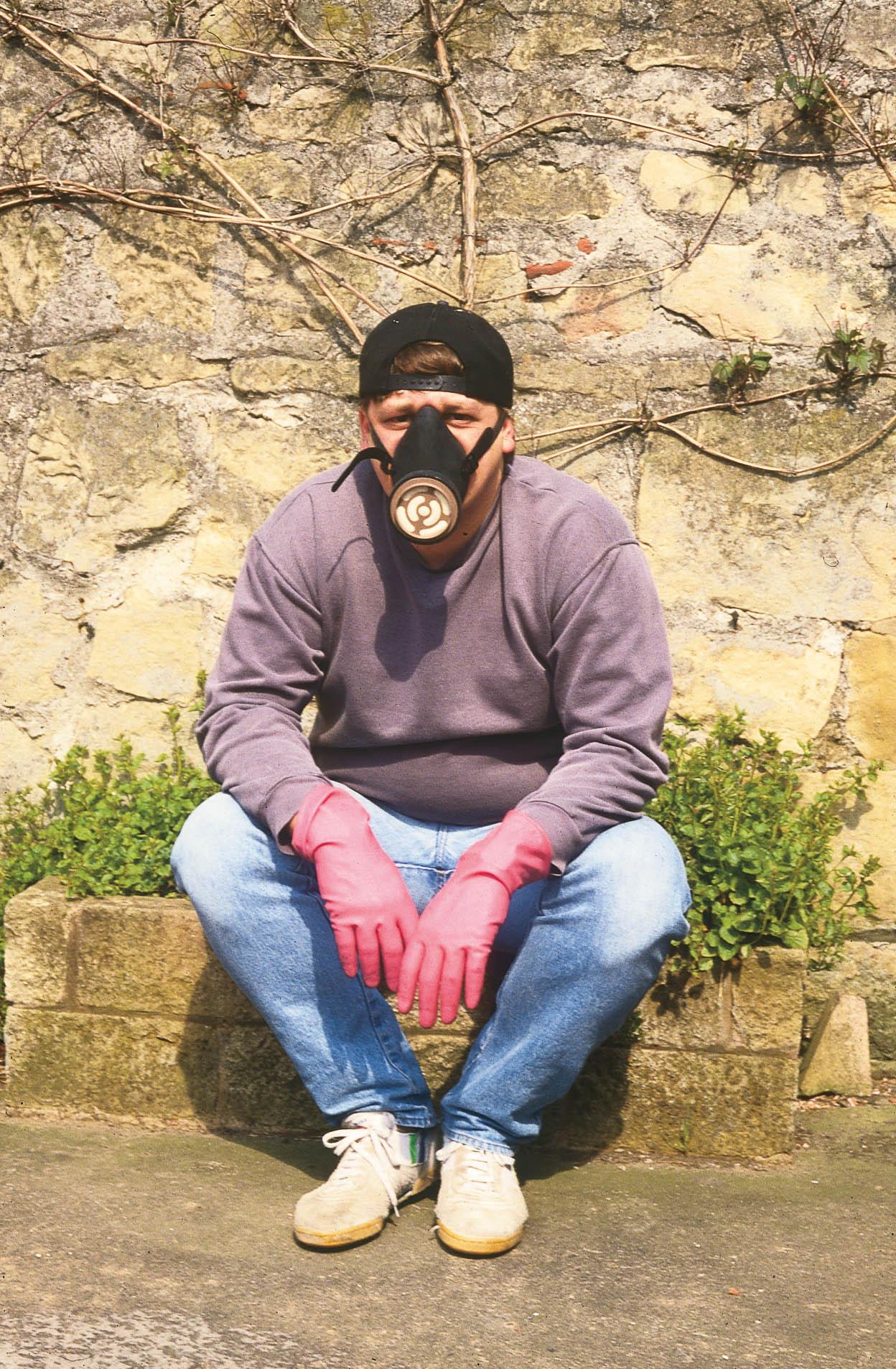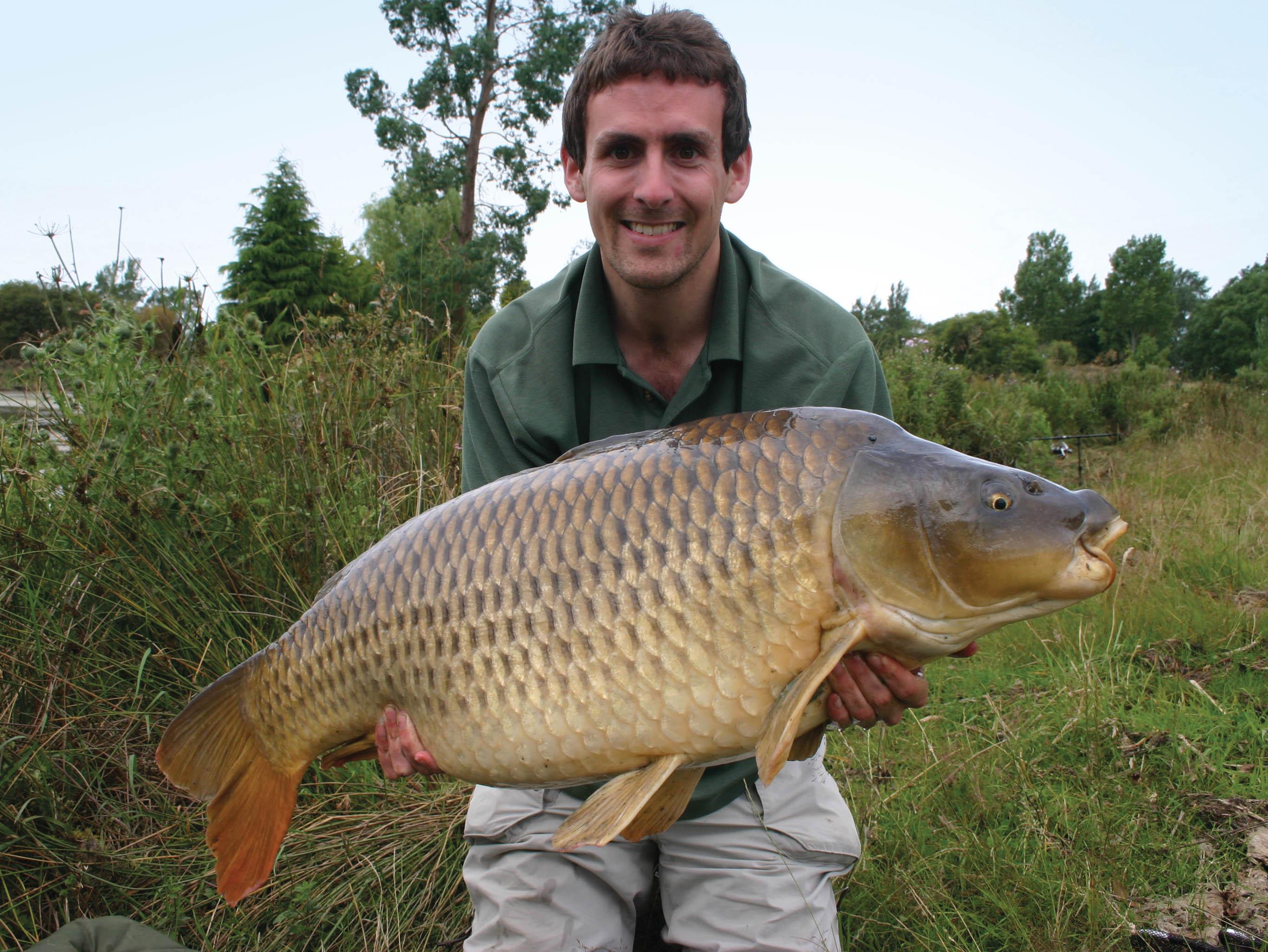Carping Allegedly - June 23'
Bill Cottam tries to get a handle on modern rod-and-reel set-ups—you’ll see what we did there! He also extols the virtues of field-testers and highlights the important role they continue to play in bait development

It’s a Mad World
Well, ladies, gentlemen and ’Ologist folk of no specified gender, it’s official: the world has gone stark raving mad! Energy prices are at unprecedented levels and they’re crippling everybody. Businesses from small corner shops to huge corporations have been affected, which in turn has resulted in the inevitable raising of prices on everything from a bag of sugar or pint of beer, to a holiday in Benidorm. Fuel prices, which unbelievably peaked at around ten of your earth pounds per gallon, don’t particularly help matters either. They did little other than make life harder for us all, and they only added to the global economic downturn. And as if that wasn’t enough—perish the thought and pray that it doesn’t happen—but it is within the realms of possibility that we could be edging closer to World War III!
And then, if that wasn’t enough to confirm that the world has gone bonkers, there would appear to be a growing trend amongst carp anglers of folding some reel handles, but not folding others.
From what I have seen with my own eyes, rods are fished so incredibly close together that there’s insufficient room to unfold the reel handles. Obviously the outermost handle can be positioned unfolded, and therefore is. I am beginning to wonder if people are doing stuff like this just to wind me up. I have witnessed, first-hand, a few anglers pay the price for not having the courage of their convictions during my many years as a carp angler, but this really does take the biscuit. Such conduct reminds me of a fella who might develop transvestite tendencies mid-life, who then goes out in a pastel pink, silk, low-cut trouser suit, with a diamanté clutch bag from Harvey Nic’s, whilst also wearing mud-splattered, size 12 rigger boots! In other words, if you’re gonna do something, commit fully to it. Half doing it doesn’t impress anybody!
A few years ago I had a picture published of my rod set-up. I was subsequently ridiculed from the highest of the high, due to the fact that I had two handles down and one up. I live in hope that those who were so eager to criticise are now eating their words, and that written apologies will be forthcoming.
I was busily keying this month’s heap of rubbish when the postie visited and April’s ’Ology dropped on my doormat. It was another really good issue with some very interesting content. I particularly enjoyed Nigel Sharp’s ‘return to ’Ology’ stuff, and Alex West’s account of his recent exploits on a couple of venues, or at least I did until I reached page 55 and saw a picture of his two-rod set-up, complete with one folded handle and one traditionally unfolded handle. Come on, mate, you’re better than that!

The Greatest Angler to Walk the Planet?
Between the ages of 14 and about 20, I lay claim to a rather smelly little cupboard in the utility room of my mum and dad’s house. It was home to all the experimental bait additives and potions I had amassed through my youth. I was absolutely convinced that the answers to all my angling prayers lay within the confines of this top-secret cupboard, and that once I had stumbled on just what on earth to do with it all, I would be miraculously transformed into the greatest angler ever to walk the planet.
My initial trials were with a combination of attractors that would hopefully enhance the likelihood of carp taking a shine my cubes of luncheon meat. My offerings would be soaked in it, my paste baits being intended for tench on a couple of local venues. Even though I say so myself, my concoctions proved reasonably effective.
My ‘wonder paste’ was made from trout pellets, which I rather laboriously reduced to a crumb with the aid of a mortar and pestle. I used bog-standard milk powder, a vitamin supplement for horses, and a product designed for bodybuilders, purchased for what seemed like an outrageously high price from the local health food shop. This went by the name of Casilan. The liquid content of the paste comprised whisked egg, a good capful of strawberry essence and a heaped teaspoon of powdered red food dye. This ensured that the finished paste ended up a sort of mucky brown-red colour.
The soak my luncheon meat was left in for an hour or more so it could absorb its attraction prior to use, once again included the ever-reliable strawberry essence and red dye, along with an intense sweetener I was convinced would add greatly to the bait’s effectiveness. I kept that element very much under my hat, and from all but my closest and most trusted friends.
In those days, obtaining specialist tackle and baits was difficult. Shops that catered for carp anglers were very few and far between. The birth of the internet, and the advent of sourcing products online via auction sites such as eBay were still a good couple of decades away. In the North of England, where I grew up, the situation was doubly difficult. Virtually all the recognised hotbeds of the emerging carp scene were predominantly centred in the South of England, and as a consequence, those items of specialist gear that were available tended to be on sale in shops that were some 180 miles from my home in Yorkshire—not that I was old enough to drive, anyway!
Everything changed in the early eighties, though, when two former silversmiths by the names of Nick Elliott and Joan Bagshaw had the foresight to open Bankside Fishing Tackle in Sheffield. From day one, they set out their stall to cater solely for the carp and specialist angler. Coincidentally, Nick lived in the same village as me. I guess that, our combined love of carp fishing and the fact that we were both had a growing fascination for bait, meant that it was inevitable that we would become great friends.

Our combined trials and experimentation rapidly expanded, and we began to include a variety of essential oils, emulsifiers, more specialist flavours and amino acids. It soon became apparent that there were indeed, endless possibilities in terms of what it was possible to achieve with a good quality bait and sensible inclusion rates of attractors.
In around 1986, Nick and Joan sadly closed the doors of Bankside Fishing Tackle for the last time. Over the next few years, Nick sought to make a new life for himself by running a post office with his wife Josie. My fascination for pushing the boundaries with bait continued with vigour, though, and my relatively newfound friendship with Tim Paisley realistically only served to speed up the process, so much so, in fact, that around the same time, with me having already developed a few additives and two preparatory base mixes, the two of us tentatively threw ourselves into selling bait commercially under our newly formed Nutrabaits banner.
Tim and I never really gave a thought to the possibility of Nutrabaits ever becoming the global brand it eventually did. Like so many fledgling angling businesses, it all began with us having to purchase more product then we
actually needed from suppliers, before we then passed on what we had left over to friends. Inside 18 months of Nutrabaits being formed, though, and encouraged by Tim, I’d resigned from my job at the local sports centre and was attempting to sell bait for a living.
I am still not quite sure how it all happened, or how, over three and a half decades down the road. Nutrabaits-branded products ended up being sold in over 50 countries around the world, but I guess by way of possible explanation, we had worked quite hard along the way. We also received an enormous amount of support, from far too many people to mention here!
I cannot possibly go any further without giving special mention to the time-served field-testing team, many of whom continue to support the brand to this day. I think I am right in saying that Nutrabaits were the first bait company to actively put products through an extensive period of field-testing prior to their release, and I cannot understate just how important the process was, and remains.
Putting a bait together that a carp will pick up occasionally through curiosity is not especially difficult. Producing one that fish will accept as an ongoing food source, however, month after month, season after season, without any loss of effectiveness, is a different ball game altogether. Baits of that quality simply could not be developed without the ongoing help of an experienced team of field-testers. These anglers spend time on any number of different waters, and are willing to spend many hours sitting behind, as yet, unproven products.
Bait, and learning how to get the very best from the numerous varieties and variations of it, has been a huge part of my life for as long as I can remember. The contents of Mum and Dad’s cupboard never did, by any stretch of the imagination, transform me into the greatest angler to ever walk the planet. The cupboard does, however, represent the start of a truly amazing journey. I no longer have any involvement with Nutrabaits, but I retain a huge degree of pride, given that so many anglers around the world place such incredible faith in the products the company put together over the years, and that so many anglers continue to catch fish beyond their wildest dreams on baits that Nutrabaits were, and are, responsible for bringing to market. All these aspects remain enormously rewarding.




